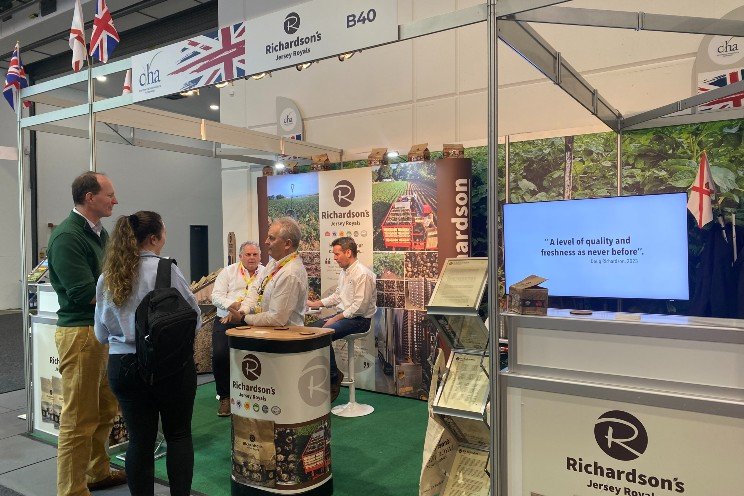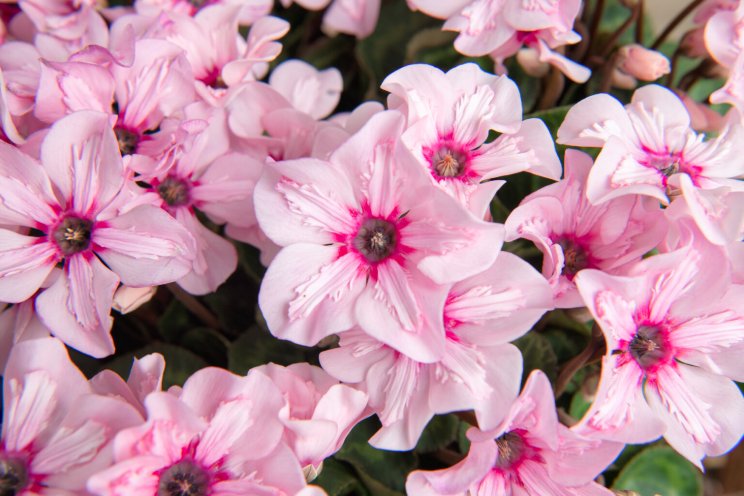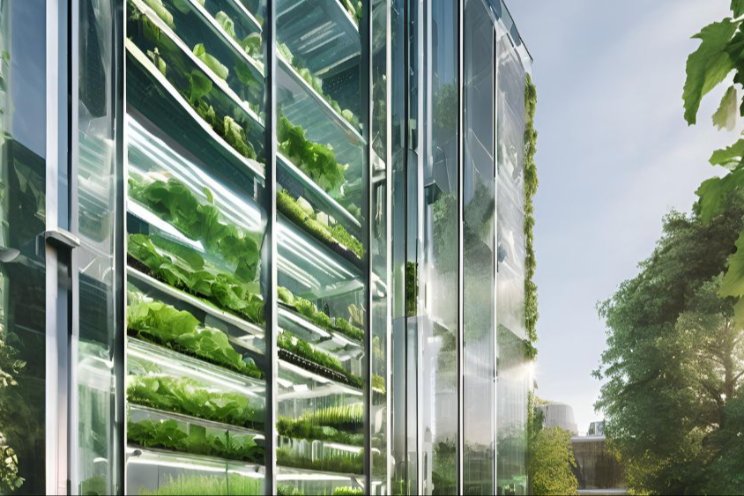Glens Falls Notes Pt 2: Reducing a vertical farm's expenses
Added on 11 May 2022

Choosing Vertical Farming Material Goods
For material goods, it is important to design a system that can reuse as many inputs as possible, creating a closed-loop agricultural system. For the Glens Falls Urban Pilot we chose 1020 trays and sheet pots that can be reused, ensuring that waste is reduced to its maximum capacity. We then chose to recirculate our organic hydroponic nutrient solution to avoid a drain-to-waste system that requires more fertilizer input. While these are just a few examples, each vertical farm design consideration should have a focus on op ex reductions.
| "We then chose to recirculate our organic hydroponic nutrient solution to avoid a drain-to-waste system that requires more fertilizer input." |
Vertical Farming Labor and Operational Expenses
For labor, it is critical to create standard operating procedures that provide an ergonomically and efficient solution to each farm task.
| "I divide systems that I see into three categories. The reason I treat them separately is it makes it clear what ability is needed to access the crops" |
Often, with vertical systems, the need to work at height is a challenge. I divide systems that I see into three categories.
Continue reading.
Photo by Petr Magera on Unsplash
Source: Re-Nuble
More news















